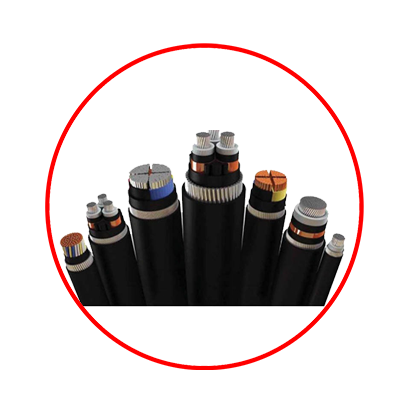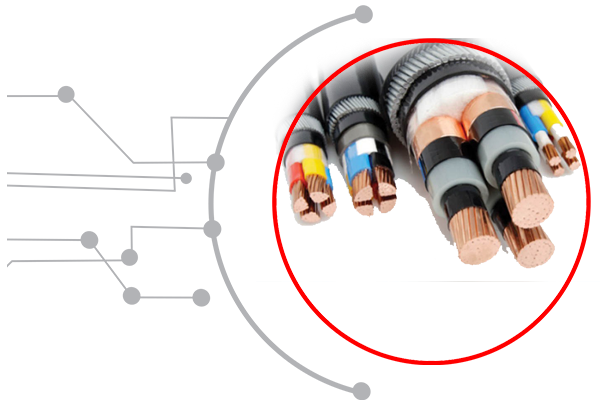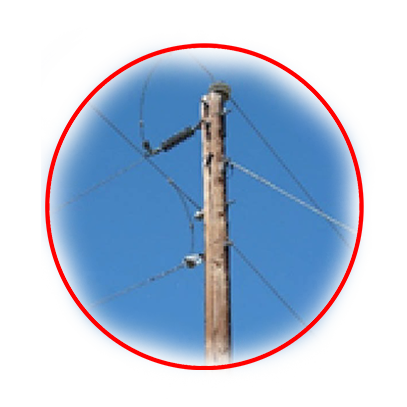Power Transmission Equipment
SEPE is committed to maintaining a high level of supply of its products and services, making strategic and worldwide renewing partnerships, and is committed to maintaining a long-term business relationship with its customers and partners, always promoting the greatest and best customer satisfaction.

ACSR (Aluminium Conductor Steel Reinforced)
Aluminum conductor steel reinforced (ACSR) is mainly used in some power industry and transmission lines of the industry, its structure is the use of a single layer of aluminum wire through a number of special processes to be processed. The ACSR is mainly used in some high-voltage lines. It is usually used in some overhead transmission and distribution lines.
AAC (All Aluminium Conductors)
All Aluminium Conductors (AAC) are used in low voltage overhead lines in urban areas and in high voltage substation conductoring. They are also used in very cold areas due to low brittleness of aluminium in the MV lines


AAAC (All Aluminium Alloy Conductors)
All Aluminium Alloy Conductors (AAAC) are extensively used for primary and secondary transmission in bare overhead distribution and transmission lines (11 kV to 800 kV lines) and HV substations. Also, usable in highly polluted industrial areas and coastal regions due to corrosion resistance
Medium Voltage (MV) Cables
The applications of the medium voltage cables are power supply in inclement weather, primary power supply from mobile substation in natural disaster or unpredictable power outages, power supply for construction of substation, power distribution to isolated areas, applications ranging from 5kV up to 35kV (substations, transformers and medium voltage generator sets).


High Voltage (HV) and Extra High Voltage (EHV) Cables
A high-voltage cable (HV cable) is a cable used for electric power transmission at high voltage. A cable includes a conductor and insulation. High-voltage cables of differing types have a variety of applications in instruments, ignition systems, and alternating current (AC) and direct current (DC) power transmission. In all applications, the insulation of the cable must not deteriorate due to the high-voltage stress, ozone produced by electric discharges in air, or tracking. The cable system must prevent contact of the high-voltage conductor with other objects or persons, and must contain and control leakage current. Cable joints and terminals must be designed to control the high-voltage stress to prevent breakdown of the insulation.
Utility Pole
A utility pole is a column or post used to support overhead power lines and various other public utilities, such as electrical cable, fiber optic cable, and related equipment such as transformers and street lights. They also are useful for eliminating cables and wires from interfering with traffic and people since all the electrical elements are routed up the pole. This method is also an inexpensive option to keep the lines insulated from the ground.


Transformer
A transformer is a four-terminal device that transforms an AC input voltage into a higher or lower AC output voltage. It transforms power from a particular circuit to another with no frequency changes regardless of the voltage levels. Transformers can step voltages up or down with a very small loss of power. Connecting a step-up transformer between the generator and a transmission line allows the creation of a practical design voltage for the generator and at the same time an effective transmission line voltage.